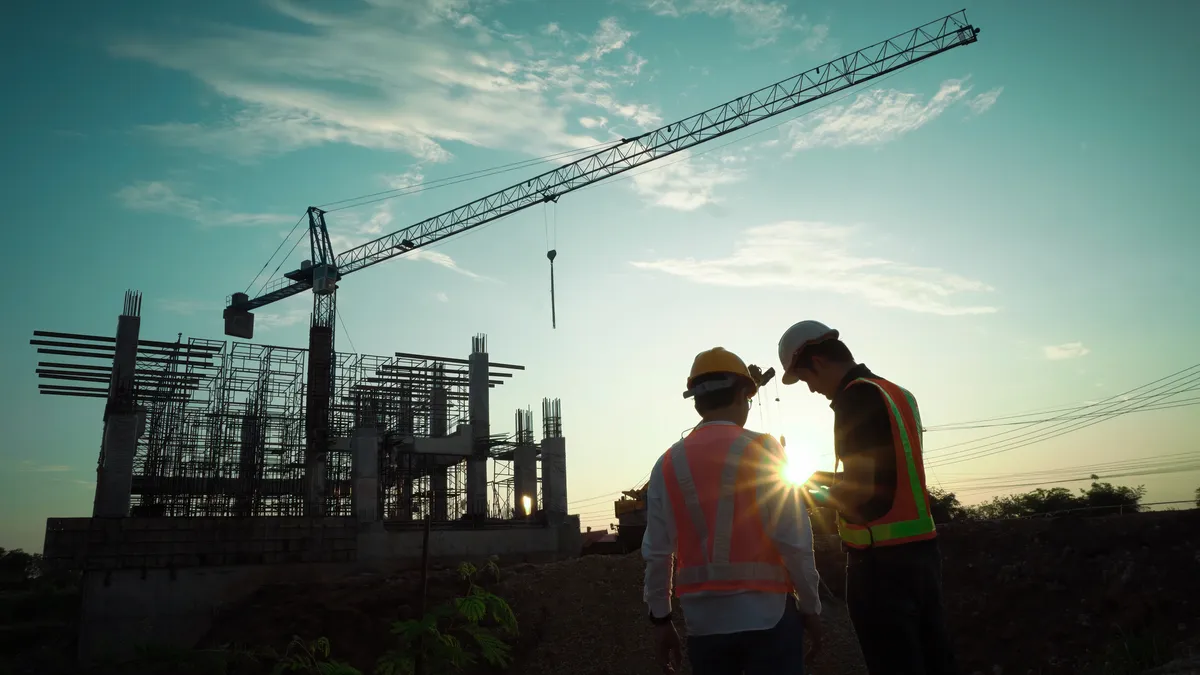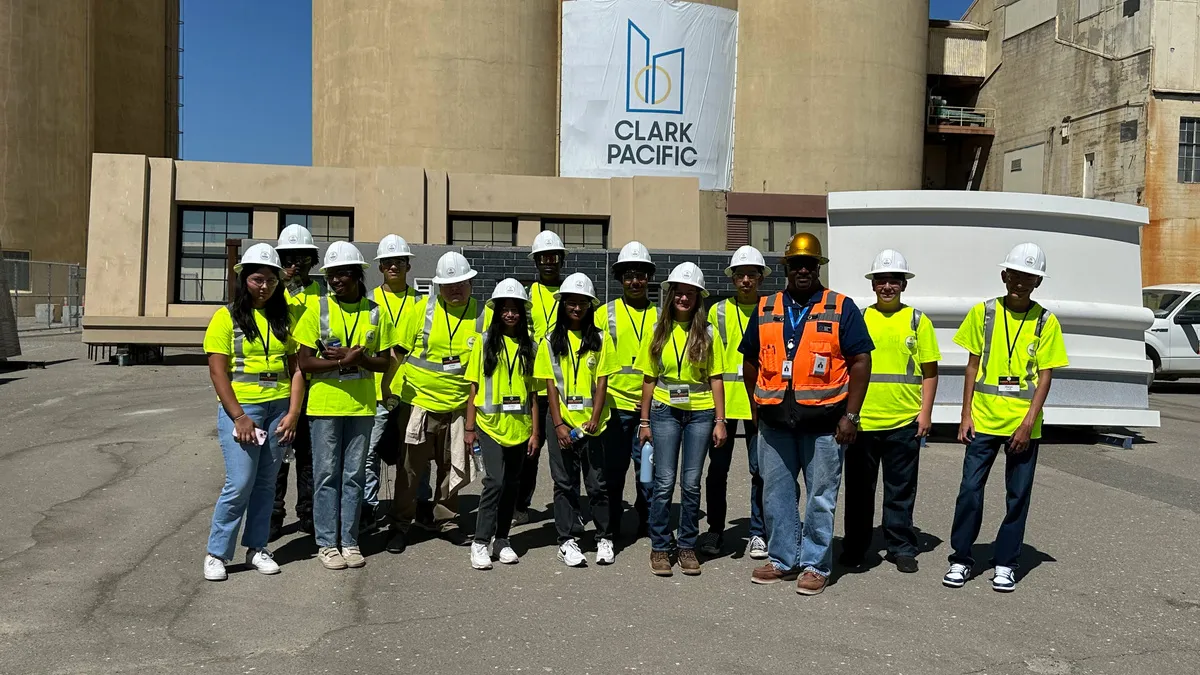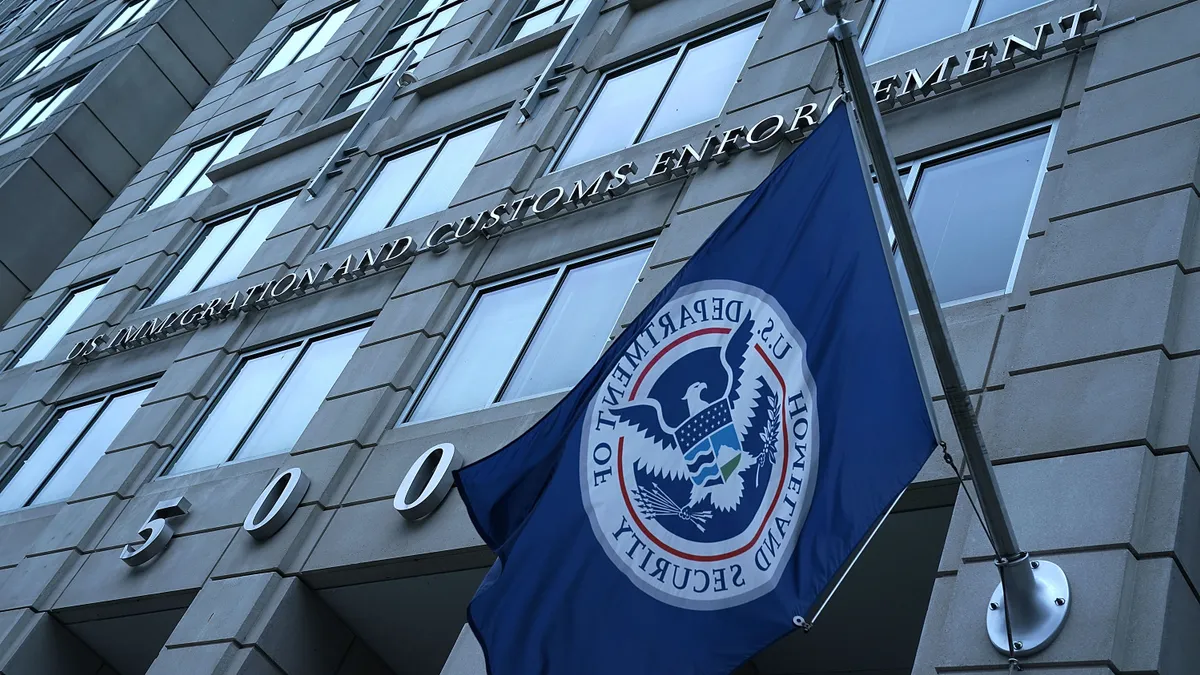Elon made us wait long enough.
Shortly after midnight on the East Coast, the Tesla CEO took the stage at a highly anticipated event at Tesla's design studio in Hawthorne, CA, where the crowd was reportedly made up of intrepid reporters, utility executives, and Tesla owners who hate their utilities. As the crowd at the event and the viewers tuning into the livestream on Tesla’s website would soon find out, the event itself was powered entirely by batteries.
As expected, Musk unveiled a new storage business called Tesla Energy and its two expected product lines—a home battery and a grid battery.
The first product, the PowerWall, is a rechargeable lithium-ion battery for your home, Musk said at the event. The PowerWall will come in two sizes—the10 kilowatt-hour battery for backup applications and the 7 kilowatt-hour battery for daily cycling applications. The 10 kWh battery’s announced price for installers is $3,500, which exuded gasps and cheers from the crowd in Hawthorne, although that price excludes the cost of inverters and installation. The price for installers on the 7 kWh battery is $3,000.
Here are some of the other pertinent details for the PowerWall, straight from Tesla’s website:
- Mounting: Wall Mounted Indoor/Outdoor
- Inverter: Pairs with growing list of inverters
- Energy: 7kWh or 10kWh
- Continuous Power: 2kW
- Peak Power: 3kW
- Round Trip Efficiency: >92%
- Operating Temperature Range: -20C (-4F) to 43C (110F)
- Warranty: 10 years
- Dimensions: H: 1300mm W: 860mm D: 180m
Musk touted the battery by saying that consumers will be able to go completely off-grid if they want. Although one battery is 10 kWh, Musk told the crowd that consumers would be able to stack up to nine PowerWalls together—providing up to 90 kWh of energy. The PowerWall is available to order now, but Musk expects to start shipping the product in 3-4 months. Musk said the number of PowerWalls being built and shipped would be relatively low until the Gigafactory is complete. The factory’s officially expected completion date is 2017, although a Tesla official recently said it may be done earlier than planned in 2016.
As expected, Musk also announced a second battery product for the grid—the PowerPack. While there appears to be little detail yet compared to the PowerWall, Musk confirmed that the PowerPack will be a 100 kWh battery that can be stacked to scale up to a gigawatt-class system. Musk said these utility and industrial-scale batteries cost $250 per kilowatt-hour—meaning the 100 kWh PowerPack is ostensibly priced at $25,000.
"There's nothing remotely at these price points," said Musk.
The announcement of the two batteries also came with some interesting details about Tesla’s partners. The PowerWall battery for residential and small business customers is being piloted with SolarEdge and Green Mountain Power. Tesla has bigger commercial partnerships with Amazon’s Web Services, Target, Jackson Family Wines, and EnerNOC — but it’s not immediately clear which battery they will be using. The PowerPack has partnerships with Advanced Microgrid Solutions, Oncor (through its microgrid project), Southern California Edison and its unregulated subsidiary SoCore Energy, and AES.
But the most important partnership may be one that was not touted at the event—one with sister company SolarCity, the nation’s leading residential solar provider. SolarCity recently told Utility Dive that it plans to deliver Tesla batteries with every installation by 2020. And in Hawaii, where the cost of solar-plus-storage is already below utility prices, “SolarCity plans to offer an off-grid solar battery system to eligible customers … beginning in 2016,” SolarCity CTO Peter Rive wrote in a blog post.
The announcement of these two battery products is not a huge surprise. But as GTM Research’s senior energy storage analyst Ravi Manghani wrote in a note: “[T]he price points of the two Powerwall options … will surely give minor jolts to the industry.”
The price tags “came in slightly lower than what the world has come to expect of an expensive electric vehicle manufacturer,” Manghani wrote. “This announcement is expected to result in similarly aggressive price offers by other storage technology and system vendors.”
However, the announcement was, in some ways, less about the batteries themselves and more about Elon Musk’s transformative vision for the future of energy and, yes, the world. Musk clearly stated his overarching goal earlier in the evening before even talking about batteries: Zero carbon emissions.
“Our goal here is to fundamentally change the way the world uses energy,” Musk said, according to Bloomberg. “We’re talking at the terawatt scale. The goal is complete transformation of the entire energy infrastructure of the world.”
“The key word there is ‘economy,’” Carol Stimmel, a veteran cleantech analyst, recently told Utility Dive. “Wherever you can find a way that you can change the economy of delivering electricity, that’s what [Elon Musk] is going to do.”
Musk wants to completely transform the way we generate, deliver and consume electricity. He sees solar power as step one to solving the global climate conundrum, calling the sun a “handy nuclear fusion reactor in the sky.” In particular, Musk foresees a highly distributed energy future, with the vast majority of solar panels spread across residential and commercial rooftops.
That’s when Musk revealed the second step to solving the problem—energy storage and Tesla’s battery products. Talking about how he wants to scale globally, Musk estimated that the world needs 2 billion PowerPacks to go completely carbon zero. To accomplish this, Musk spoke about building gigafactories — and not just the one Tesla is already building in Nevada, but many more that Tesla and others will need to build as well.
While Musk’s radical vision may be highly ambitious or certifiably insane depending on your perspective, he has proven time and time again that the usual rules don’t apply to him—and you wouldn’t want to bet against him.
“[Elon Musk has] done the two things that every utility stakeholder should have been afraid of over the last decade—he hollowed them out and he disintermediated them,” Stimmel said. “He’s got all the pieces.”

















